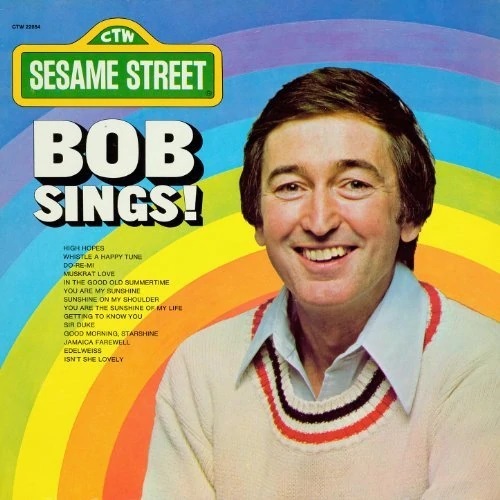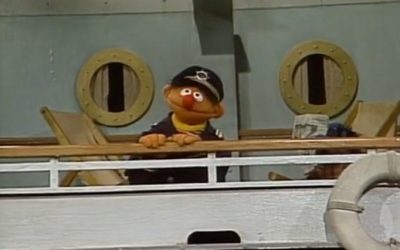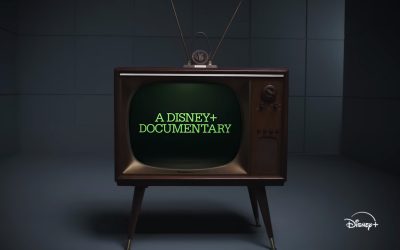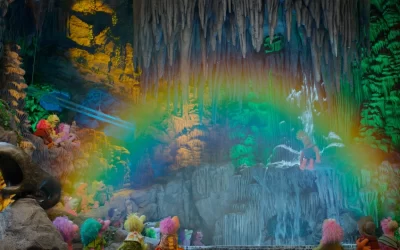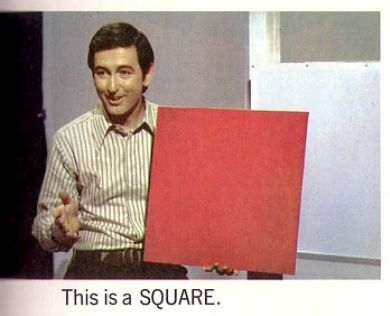
Some actors play characters on TV for a long time, and you feel like you know them, but few have ever done it like Bob McGrath. He played the same character on a TV show for about five decades, and multiple generations of children and their parents felt like they knew him.
That’s true of all of his similarly long-tenured castmates as well. All of the beloved human characters on Sesame Street felt like real people, and all of them added their own thing to the show. When I was a preschooler watching Sesame Street, every single one of the human characters felt like a trusted grown-up friend of mine, and every single one of them felt like a real person, with a real, distinct personality.
And how would I describe the character of Bob? Well, the first thing that comes to mind is that he was… maybe… not as cool as some of the other characters. In fact, he may have been the dorkiest of all the Sesame Street humans.
And that’s why I loved him.
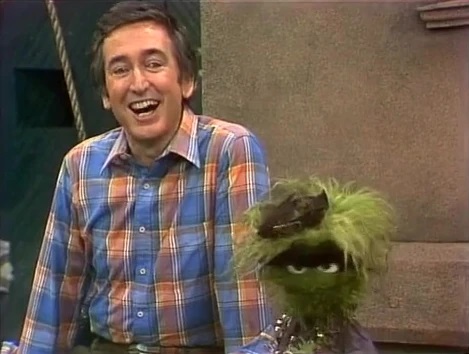
And while I’m sure the fact that he shared a first name with his character has a lot to do with this perception, it’s tempting to think of Bob McGrath as being pretty similar to Bob the TV character. After all, who else could be become a pop star in 1960s Japan not by singing rock hits but by crooning ballads, show tunes and folk songs?
On Sesame Street, “Bob” — and Bob — always seemed to be having a wonderful time participating in in-depth conversations or musical numbers about letters, shapes, or feelings. He was always earnest, yet never cloying. Which is not to say that he always had a smile on his face. Bob’s default cheerfulness also made him a great comedy foil for the Muppet characters, whether he was reacting to Oscar’s uncouthness, Big Bird’s youthful enthusiasm, or Telly’s intensity.
There are many clips that demonstrate the greatness of Bob’s dorkiness. I’m a big fan of this one, a celebrity variation of his signature tune “The People in Your Neighborhood” from a primetime Sesame Street special:
Just look at that guy! He completely owns his corniness, and it’s hilarious.
But perhaps there’s no better encapsulation of the glorious nerdiness of Bob, and the overlap between Bob and “Bob,” than the 1977 LP Bob Sings! Someday I’ll do one of my “Sesame Needle Drop” articles about the whole album, but in a tribute to Bob’s nerdiness, I have no choice but to highlight the opening track. It’s Bob’s cover of Stevie Wonder’s “Sir Duke,” and it is amazing:
Later tracks on the album include “Do-Re-Mi” and “High Hopes,” which are decidedly closer to what you would expect to find in the Bob Songbook. But “Sir Duke?” It was a bold choice, and I’m glad he made it.
Stevie Wonder’s original is a funky tribute to the giants of jazz. It has a great beat and you can dance to it. When Bob takes on the song, he makes it his own, turning it into something else, like he’s unfolding an origami bird back into a plain white piece of paper. I don’t think I would ever describe Bob’s “Sir Duke” as funky, but I adore it just about as much as Wonder’s. Only Bob could make the line “Just because a record has a groove don’t make it in the groove” sound so much like “Why do birds suddenly appear every time you are near?”
And who else but Bob could pull off a scene like this, where he tries to learn how to breakdance to impress Linda, and it’s entertaining precisely because Bob should never attempt to breakdance?
In the 35th season of Sesame Street, there was a two-part street story in which a magic ukulele made Snuffy turn invisible. When the episodes aired, I was already a curmudgeonly, nostalgic grown-up, and by this time in the show’s run, the human characters had already started to be seen less prominently. Maria was essentially the featured human in those episodes, so by the time the second installment concluded, I figured it was unlikely that we would see any of the other old-timers. Too bad, I thought. Back in the day Bob would have shown up to play around with that ukulele. He’s the music guy.
The story closes with Snuffy becoming visible again. And then, at the very last minute, when Maria and Big Bird and Snuffy and Elmo have all exited the scene, the door next to Hooper’s Store opens and out walks Bob. He spots the ukulele, immediately perks up, and bounds over to test it out. It’s a quick gag — he plucks the strings, vanishes, plucks again, and reappears. Then he grins at us and exclaims “Nice ukulele!” And that’s pretty much it.
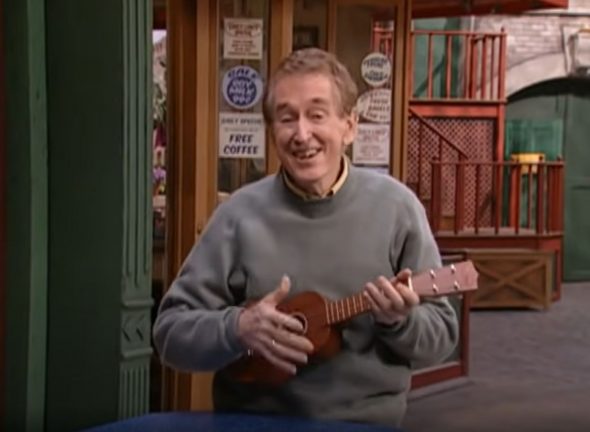
But watching that episode as a curmudgeonly, nostalgic grown-up, already wishing Sesame Street was more like it was when I was four years old, it was fantastic to see Bob in all his exuberant uncoolness.
And you know what? It was always fantastic to see Bob in all his exuberant uncoolness.
Click here to celebrate Bob with a bunch of nerds on the Tough Pigs forum!
by Ryan Roe – Ryan@ToughPigs.com
